Car automatic transmission are being chosen by many people because there is no need to operate the clutch or choose a complex number like a car with a manual transmission, high fuel economy.
However, in order to drive a digital car safely, new drivers need to have a good understanding of how to drive, common mistakes when driving this type of car to actively prevent and handle effectively. This paragraph Thanh Phong Auto will guide you how to drive an automatic transmission car safely and handle common mistakes for newbies.
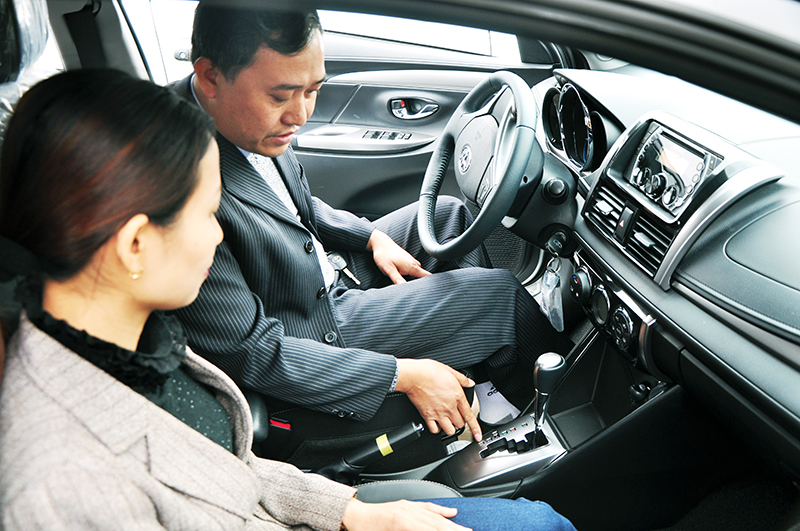
Before starting to start and move the vehicle, the driver needs to prepare – check the following items to ensure safety:
The steps to start the car are as follows:
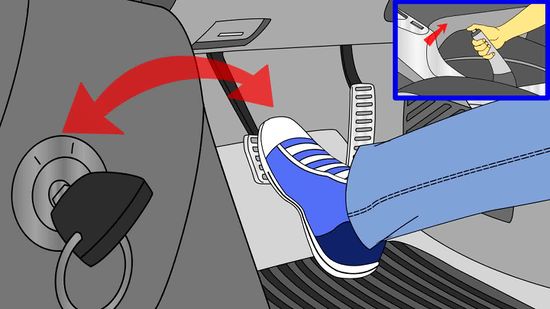
The process of stopping an automatic transmission car includes the following steps:
To be able to stop the red light safely, the driver of an automatic transmission vehicle needs to follow these steps:
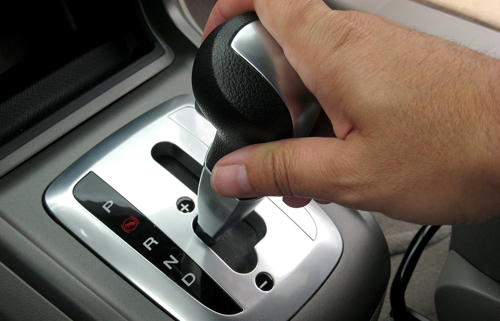
Vehicles with automatic transmission can reverse as follows:
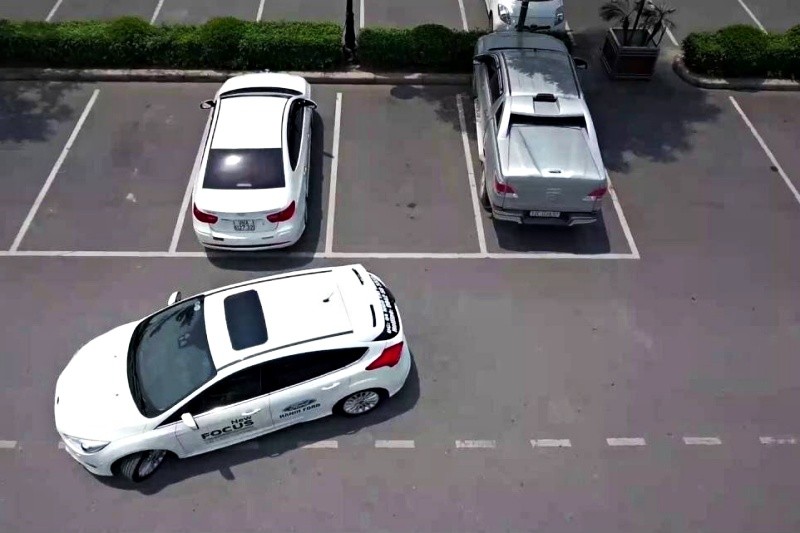
Many automatic transmission drivers often have the habit of using both their left and right foot at the same time to step on the gas and brake, which is a very dangerous mistake.
The accelerator and brake pedal are arranged in a straight line with the right foot direction, if using the left foot to brake, it will be crossed, the sitting posture is uncomfortable, possibly scoliosis.
In addition, pedaling with both feet makes it easier for the driver to step on both the brake and the gas when moving, making the brakes red and hot due to continuous work, reduced vehicle performance, and increased fuel consumption. More dangerous is that when encountering an unexpected situation, the driver can pedal with both feet in response to the vehicle, reducing the ability to stop the vehicle, so it is easy to cause an accident. See details in the article: Should or should not use two feet when driving automatic transmission?
Therefore, automatic transmission drivers should only use their right foot to avoid stepping on the wrong foot.
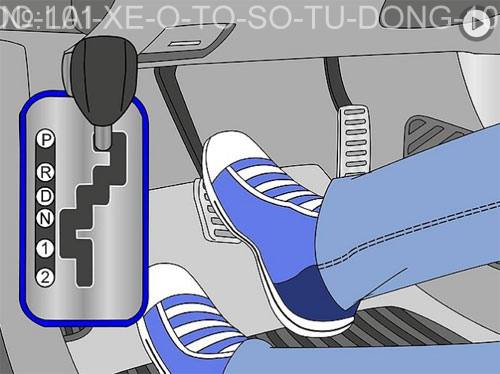
As mentioned above, automatic transmission cars integrate the operation into the same foot, but many drivers often forget, are lazy to move, so they often put their feet on the gas pedal - wrong the "no gas, then brake" rule.
Therefore, if the driver does not step on the accelerator, the driver should change his toe to the direction of the brake pedal to avoid stepping on the accelerator when there is an unexpected situation (the car rushes forward, causing danger).
>>> Suggestions for reference: Basic Techniques to Watch When Driving Cars
The habit of N gear (free state) when going downhill so that the car runs inertia with the desire to save fuel is also a mistake many people encounter. Because many automatic transmission cars can cut off the fuel supply when going downhill, and restarting the car in N gear can consume more fuel. Not to mention, letting the car go downhill according to inertia is quite dangerous, if there is an unexpected situation, the driver will continuously step on the brake according to reflex, causing the brake to fail quickly and difficult to handle.
Not using the parking brake is considered a way of "mistreatment" of the vehicle, because in the event of a small collision, the automatic transmission can also have problems if the parking brake is not utilized.
In fact, many drivers when stopping the car just press P (park) and then turn off the engine and get out of the car. This habit easily damages the ratchet gear mechanism (parking pin) inside the gearbox. Therefore, when stopping the car, you should pull the handbrake first, then return to P and turn off the engine.
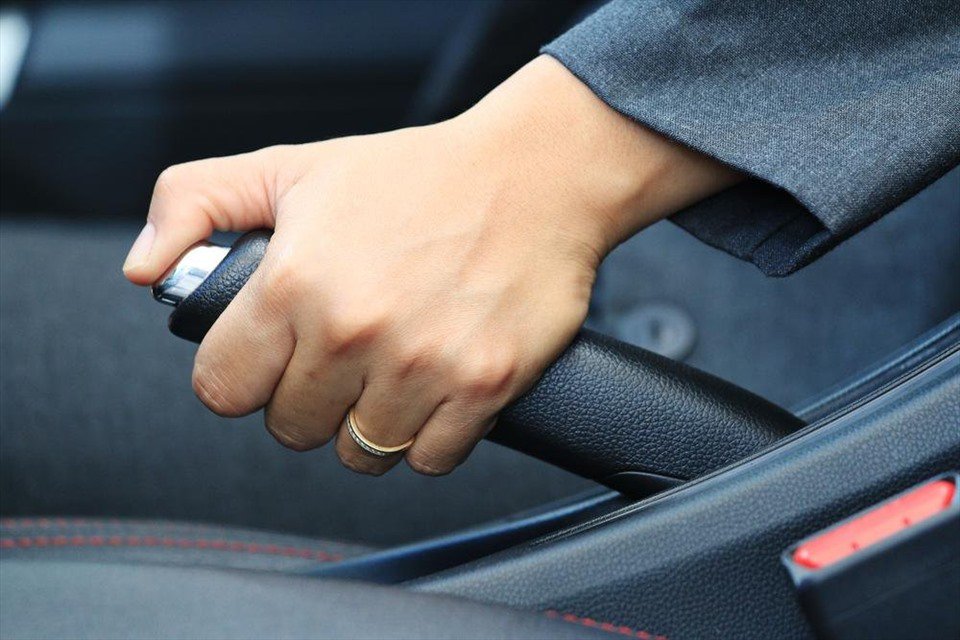
Leaving the D mode (forward gear) when sitting for a long time in the car and not moving can damage the gearbox by overheating, do not apply the field. So, it's best in this case you should leave it in P mode or turn off the device.
>>> Suggestions for reference: Long-distance Driving Experience Driver Can't Ignore
If you still try to drive when the fuel/oil indicator is red, you may run out of fuel (because the fuel gauge is sometimes inaccurate). On the other hand, fuel keeps the engine running smoothly, driving at low fuel levels can pose a risk of engine damage.
Above are safe automatic transmission driving experiences for newbies. Wish you always have safe, peaceful journeys! Check out more automatic transmission video tutorial Clear, detailed details of the lecturer.
Cars Care Service Price Sheet At Thanh Phong Auto HCMC VietNam:
* The cars that we have mechanics: Mercedes, BMW, Audi, Lexus, Toyota, Honda, Mazda, Mitsubishi, Kia, Daewoo, Hyundai,Ford, Nissan, Volkswagen, Porsche, Chevrolet, Rand Rover, Innova, Fortuner, Vios, Fiat, Bugatti, Ferrari, Bentley, Hummer , Chrysler, Dodge, Renault, Cadillac, Volvo, Subaru, Daihatsu, Ssangyong, Roll-Royce, Peugeot, Smart Fortwo, Tobe M'car, Luxgen, Zotye, Haima, Geely, Baic, Hongqi, Cmc, Mini Cooper, Buick, Opel, Acura, Aston Martin, Vinfast, TQ Wuling.
To keep your vehicle running properly at all times, we offer a number of services that are carried out by our certified, expert auto service and repair technicians who have years of experience performing everything from oil changes to a complete engine overhaul.
LEAVE COMMENT